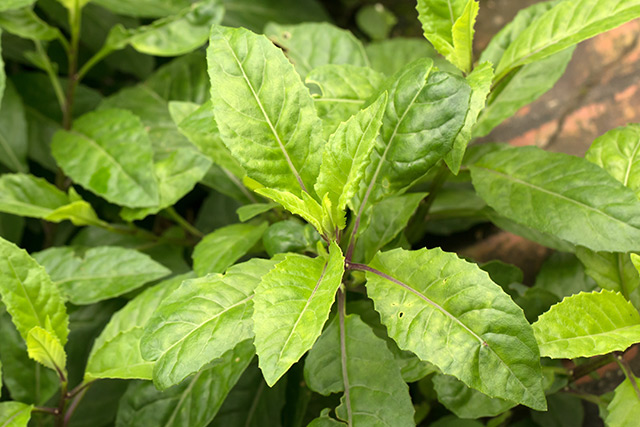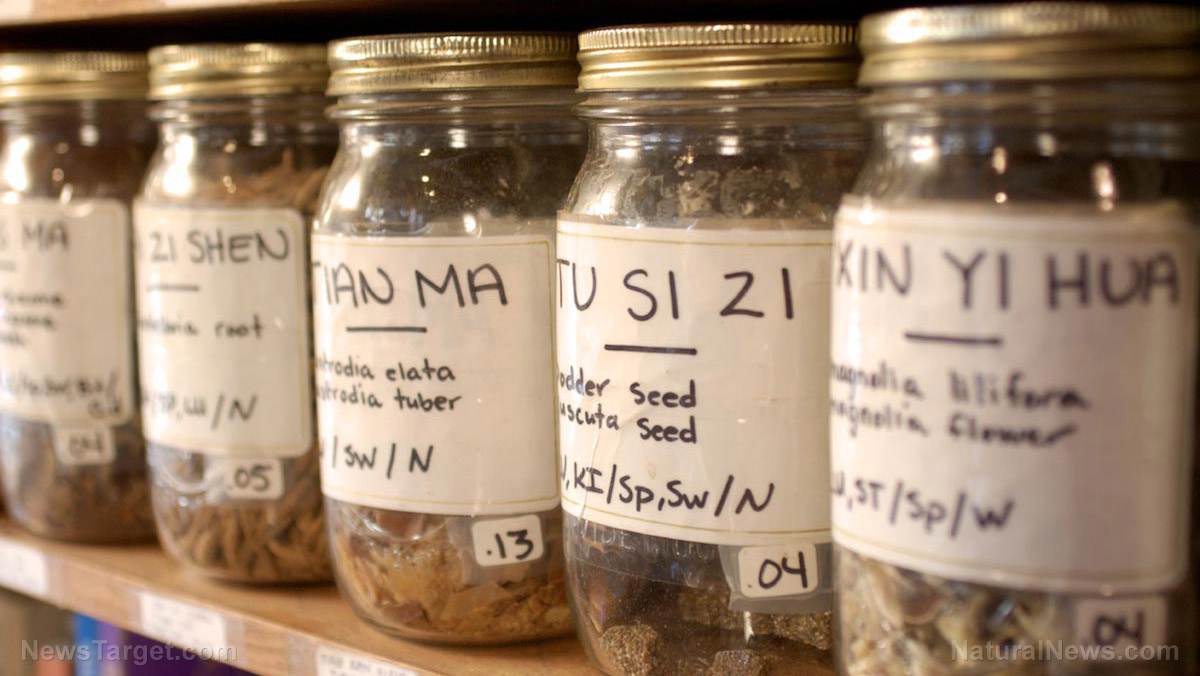Mexican ethnomedicine holds potential as natural antimicrobial agent
02/01/2019 / By Ellaine Castillo

The prevalent and improper use of antibiotics and antifungal medications has led to the development of drug-resistant microorganisms. This is a matter of grave importance because these pathogens can cause infections that don’t just last longer than usual but also have a higher risk of causing disability or death. Since commonly-used antimicrobials are not effective against drug-resistant microorganisms, there is an urgent need to find alternative remedies for these conditions. Scientists from various research institutions in Mexico were able to find a natural remedy with potent antibacterial and antifungal properties in aceitillo (Bursera morelensis) essential oil.
The Burseraceae family consists of approximately 100 plant species, with 70 of them being endemic to Mexico. These plants are used for many different purposes ranging from religious activities to traditional Mexican medicine, where they are typically used as remedies for diarrhea, fever, gingivitis, cough, and measles. Previous studies were also able to find scientific evidence for the anti-inflammatory, antibacterial, and cytotoxic activities of some species belonging to this family. These pharmacological properties were attributed to their chemical profiles, which include triterpenes, steroids, bilignans, podophyllotoxin-like lignans, and flavonoids.
Aceitillo, a member of the Burseraceae family, is traditionally used as a remedy for skin infections and wounds. This plant also contains two lignans with cytotoxic activity as well as some terpenoids. However, there is limited information regarding its antimicrobial properties.
In this study, which was published in the African Journal of Traditional, Complementary and Alternative Medicines, the researchers collected essential oil from the fresh plant, young stems, and bark of aceitillo through steam distillation. They then proceeded to determine the phytochemical content of the extracts through gas chromatography and mass spectrometry (GC-MS). Upon analyzing the results, they were able to identify 28 compounds. Among these, the most prevalent were the terpenes alpha- and beta-fellandrene, o-cymene, isocaryophyllene, and alpha-pinene, which have been associated with antibacterial and antifungal activity in previous studies. After this, they then tested for antibacterial and antifungal activity.
The team tested the antibacterial activity of the essential oil against different bacterial strains, including Staphylococcus aureus, Staphylococcus epidermidis, Bacillus subtilis, Enterococcus faecalis, Streptococcus pneumoniae, Vibrio cholerae, E. coli, Pseudomonas aeruginosa, Enterobacter aerogenes, Yersinia enterocolitica, and Proteus mirabilis. Meanwhile, antifungal activity was determined against Fusarium sporotrichioides, Fusarium moniliforme, Trichophyton mentagrophytes, Aspergillus niger, and Rhizoctonia lilacina.
The results showed that aceitillo essential oil was effective against bacteria. However, its activity was observed to be strain-dependent, with it being most effective against S. aureus, S. pneumoniae, V. cholerae, and E. coli. Since there are many compounds making up the essential oil, the researchers believed that it does not have specific targets. Their proposed mechanism involves the ability of essential oils to pass through the membrane surrounding the bacteria and cause changes to it that can lead to death.
Aceitillo essential oil also exhibited potent antifungal activity, which was most effective against F. moniliforme. According to the researchers, some of the potential mechanisms that support this activity include the alteration of the cell membrane, as well as the inhibition of respiration and ion transport. Moreover, the researchers observed that the essential oil inhibited the production of spores by A. niger. This indicates that aceitillo is possibly an anti-sporulating agent.
From these results, the researchers concluded that aceitillo essential oil has antimicrobial properties that can be attributed to the different phytochemicals that it contains. These findings also provide scientific evidence for the traditional use of aceitillo as a remedy for infections.
Essential oils with antifungal activity
Some other examples of essential oils with antifungal activity include the following:
- Clove — Clove essential oil contains eugenol, a compound that is especially effective against candida.
- Lemongrass — If you’re suffering from infections like ringworm, athlete’s foot, or jock itch, lemongrass essential oil might be the answer to your problem.
- Tea tree — Studies have shown that tea tree essential oil can inhibit the replication of candida, making it an effective treatment for infections caused by this fungi.
Learn about the myriad of health benefits offered by different essential oils at EssentialOils.news.
Sources include:
Tagged Under: Aceitillo, Aceitillo essential oil, antibacterial, Antifungal, Antimicrobial, Bursera morelensis, essential oils, medicinal plants



















